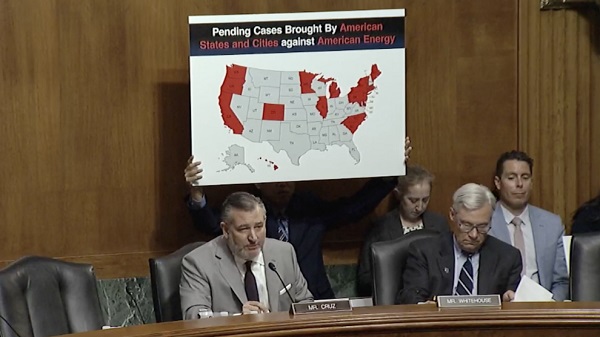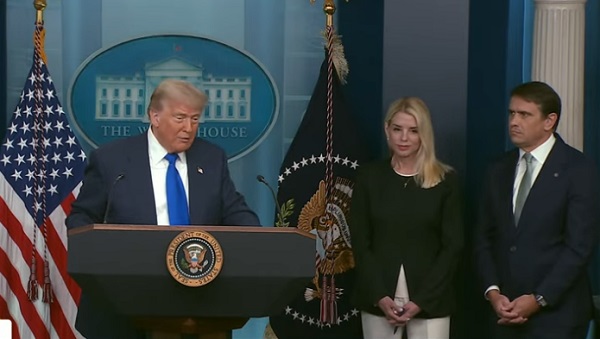Alberta
Flames get hot in second period for 7-2 win over Sabres

By Mark Lukwiczak in Buffalo
The Calgary Flames scored four times in just over five minutes in their 7-2 win over the Buffalo Sabres on Saturday.
Dillon Dube had a goal and three assists for Calgary and Tyler Toffoli had two goals and an assist. Jakob Pelletier, Mikael Backlund, Nazem Kadri and Dennis Gilbert also scored, while Jacob Markstrom made 21 saves.
Tage Thompson and Casey Mittelstadt scored for the Sabres, and goalie Ukko-Pekka Luukkonen made 33 saves.
After falling behind 2-0, the Flames took control with a dominant second-period surge that saw them score four times between 2:17 and 7:39.
“It just felt like everything kind of kept coming in waves and we did a really good job,” Toffoli said. “We could tell that they were getting frustrated and we just capitalized on our opportunities.”
Pelletier, the 26th overall pick in the 2019 draft, began Calgary’s comeback with his first career goal. Backlund evened the score 20 seconds later from the right circle on a poor moment by Luukkonen.
Gilbert, a Buffalo native, scored his first goal of the season and the second of his career 4:04 into the second by collecting a drop pass and beating Luukkonen with a low slap shot.
“We maybe started a little bit slower than we would’ve liked, but we had a good response in between periods,” Gilbert said. “We had a good second and third.”
Luukkonen made one of his best saves of the season on a two-man rush 7:09 into the second, robbing Dube. But the Flames quickly struck again, making it 4-2 20 seconds later on Kadri’s shot through traffic for his 20th goal of the season.
Calgary outshot Buffalo 34-8 through two periods.
“We never found a rhythm even though we had some good energy in the first, and then we died,” Sabres coach Don Granato said. “We looked fatigued. We looked like we hadn’t played in a while.”
Toffoli made it 5-2 1:57 into the third on a tap-in and scored his second of the game to make it 6-2 with 6:55 remaining. Dube scored with 2:49 left in the game for the final margin.
Thompson opened the scoring on the power play 7:56 into the game on his 35th goal of the season. He has a career-high 69 points through 51 games.
ANDERSSON OUT AGAIN
Calgary defenseman Rasmus Andersson was held out after he was struck by a vehicle while riding a scooter in Detroit on Wednesday. Andersson has been considered day to day and isn’t expected to miss a significant amount of time. Andersson is one of Calgary’s top defensemen and has 34 points on the season.
UP NEXT
Flames: Travel to Ottawa to play the Senators on Monday.
Sabres: Begin a three-game trip against the Los Angeles Kings on Monday.
___
AP NHL: https://apnews.com/hub/nhl and https://twitter.com/AP_Sports
Agriculture
Lacombe meat processor scores $1.2 million dollar provincial tax credit to help expansion

Alberta’s government continues to attract investment and grow the provincial economy.
The province’s inviting and tax-friendly business environment, and abundant agricultural resources, make it one of North America’s best places to do business. In addition, the Agri-Processing Investment Tax Credit helps attract investment that will further diversify Alberta’s agriculture industry.
Beretta Farms is the most recent company to qualify for the tax credit by expanding its existing facility with the potential to significantly increase production capacity. It invested more than $10.9 million in the project that is expected to increase the plant’s processing capacity from 29,583 to 44,688 head of cattle per year. Eleven new employees were hired after the expansion and the company plans to hire ten more. Through the Agri-Processing Investment Tax Credit, Alberta’s government has issued Beretta Farms a tax credit of $1,228,735.
“The Agri-Processing Investment Tax Credit is building on Alberta’s existing competitive advantages for agri-food companies and the primary producers that supply them. This facility expansion will allow Beretta Farms to increase production capacity, which means more Alberta beef across the country, and around the world.”
“This expansion by Beretta Farms is great news for Lacombe and central Alberta. It not only supports local job creation and economic growth but also strengthens Alberta’s global reputation for producing high-quality meat products. I’m proud to see our government supporting agricultural innovation and investment right here in our community.”
The tax credit provides a 12 per cent non-refundable, non-transferable tax credit when businesses invest $10 million or more in a project to build or expand a value-added agri-processing facility in Alberta. The program is open to any food manufacturers and bio processors that add value to commodities like grains or meat or turn agricultural byproducts into new consumer or industrial goods.
Beretta Farms’ facility in Lacombe is a federally registered, European Union-approved harvesting and meat processing facility specializing in the slaughter, processing, packaging and distribution of Canadian and United States cattle and bison meat products to 87 countries worldwide.
“Our recent plant expansion project at our facility in Lacombe has allowed us to increase our processing capacities and add more job opportunities in the central Alberta area. With the support and recognition from the Government of Alberta’s tax credit program, we feel we are in a better position to continue our success and have the confidence to grow our meat brands into the future.”
Alberta’s agri-processing sector is the second-largest manufacturing industry in the province and meat processing plays an important role in the sector, generating millions in annual economic impact and creating thousands of jobs. Alberta continues to be an attractive place for agricultural investment due to its agricultural resources, one of the lowest tax rates in North America, a business-friendly environment and a robust transportation network to connect with international markets.
Quick facts
- Since 2023, there are 16 applicants to the Agri-Processing Investment Tax Credit for projects worth about $1.6 billion total in new investment in Alberta’s agri-processing sector.
- To date, 13 projects have received conditional approval under the program.
- Each applicant must submit progress reports, then apply for a tax credit certificate when the project is complete.
- Beretta Farms has expanded the Lacombe facility by 10,000 square feet to include new warehousing, cooler space and an office building.
- This project has the potential to increase production capacity by 50 per cent, thereby facilitating entry into more European markets.
Related information
Alberta
Alberta Next: Alberta Pension Plan

From Premier Danielle Smith and Alberta.ca/Next
Let’s talk about an Alberta Pension Plan for a minute.
With our young Alberta workforce paying billions more into the CPP each year than our seniors get back in benefits, it’s time to ask whether we stay with the status quo or create our own Alberta Pension Plan that would guarantee as good or better benefits for seniors and lower premiums for workers.
I want to hear your perspective on this idea and please check out the video. Get the facts. Join the conversation.
Visit Alberta.ca/next
-

 armed forces1 day ago
armed forces1 day agoCanada’s Military Can’t Be Fixed With Cash Alone
-

 Business1 day ago
Business1 day agoCanada’s loyalty to globalism is bleeding our economy dry
-

 Alberta1 day ago
Alberta1 day agoAlberta Next: Alberta Pension Plan
-

 Alberta1 day ago
Alberta1 day agoCOVID mandates protester in Canada released on bail after over 2 years in jail
-

 International1 day ago
International1 day agoTrump transportation secretary tells governors to remove ‘rainbow crosswalks’
-

 Business1 day ago
Business1 day agoCarney’s spending makes Trudeau look like a cheapskate
-

 Crime2 days ago
Crime2 days agoProject Sleeping Giant: Inside the Chinese Mercantile Machine Linking Beijing’s Underground Banks and the Sinaloa Cartel
-

 Alberta2 days ago
Alberta2 days agoAlberta uncorks new rules for liquor and cannabis






